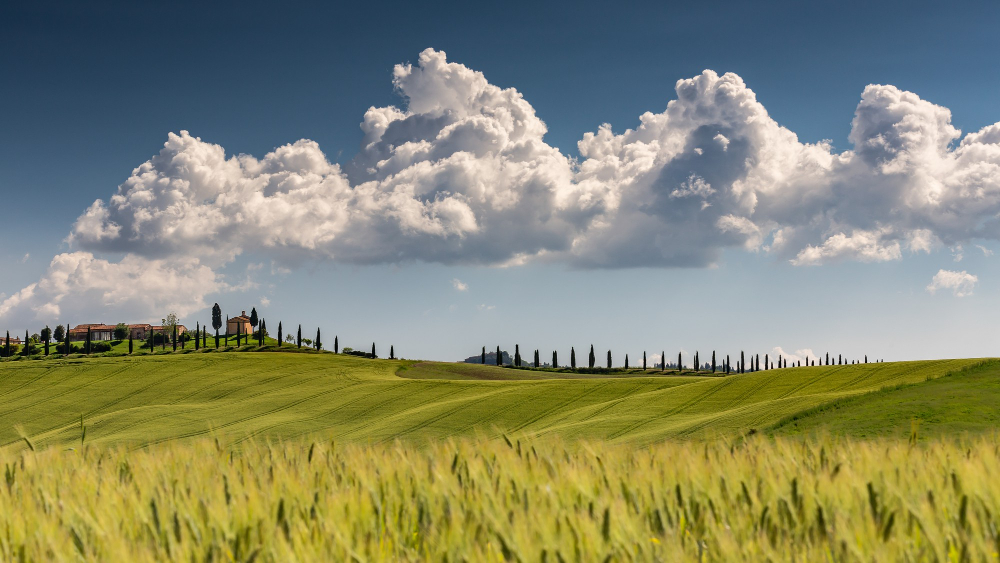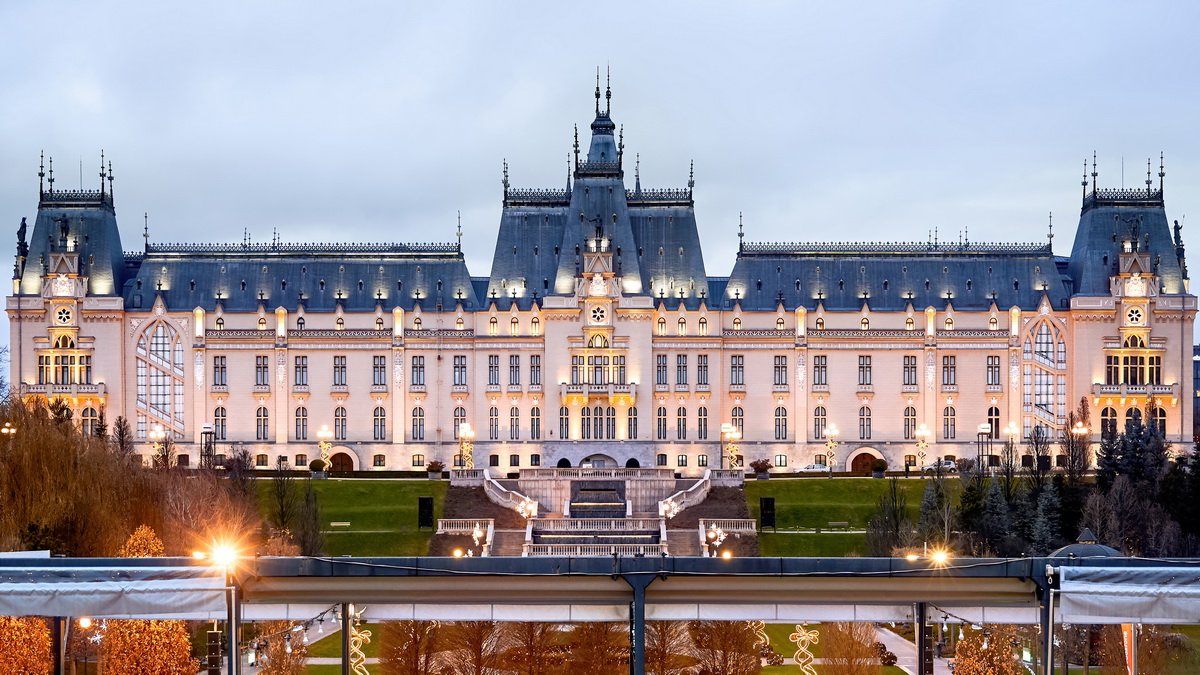Iași, located in historic Moldavia, is a hub of Romanian social, cultural, academic, and artistic life. It served as the capital of Moldavia from 1564 to 1859 and the United Principalities from 1859 to 1862. During 1916-1918, it was Romania’s capital. Known as “The Cultural Capital of Romania,” Iași is a symbol of the nation. It administers Iași County, drives Moldavia’s economy, hosts Romania’s first university, and ranks as the second-largest university center, with 75,000 students. With a population of 305,978, Iași spans 5,476 square kilometers, preserving its historical and contemporary importance.
In the realm of economics, Iași is a significant player within Romania. Its key sectors encompass Information Technology and Communications (ITC), healthcare, education, research, culture, government, tourism, and manufacturing. Notably, it actively engages in metallurgical production, pharmaceuticals, textiles, clothing, construction, banking, wine production, and preserved meat processing.
As a focal point in the ITC sector, Iași houses software companies and two universities renowned for producing high-quality graduate engineers. Additionally, the city boasts a well-developed commercial landscape, featuring shopping malls and commercial centers. In essence, Iași embodies a multifaceted blend of history, culture, academia, and economic dynamism, making it a thriving and vibrant city in Romania.
Cities2030 partner organizations participating in the Iași CRFS Lab:
As part of the Cities2030 initiative, the “Food for Iași Living Lab” is represented by two project partners: the Municipality of Iași (IASI, P28) and the Academia Romana Filiala Iași (ARFI, P29).

